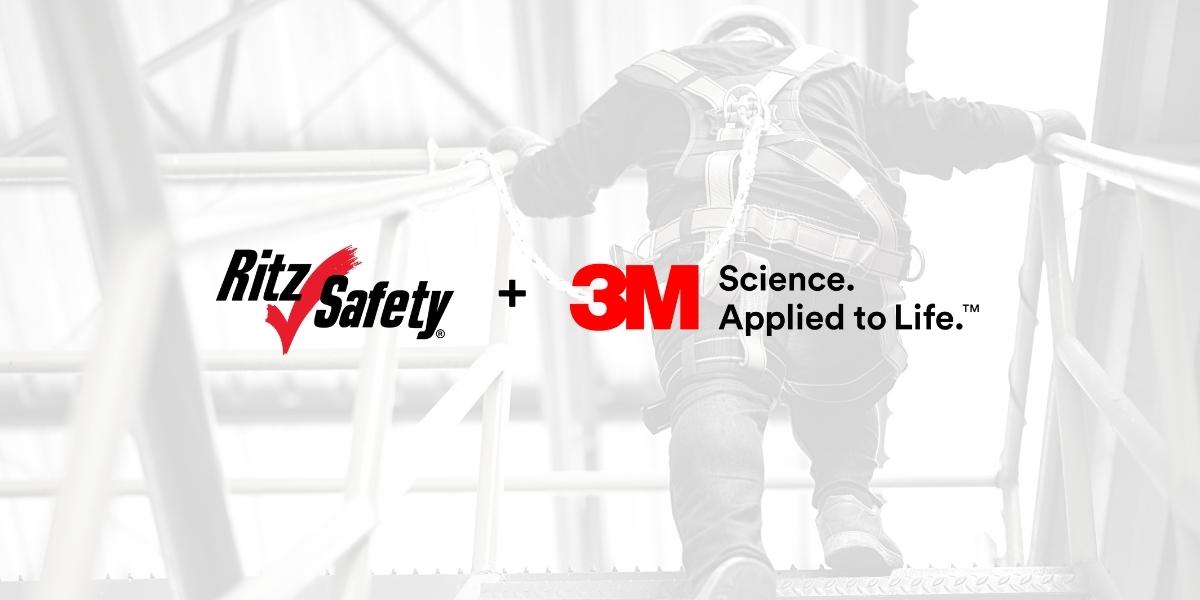
Do You Know Your Fall Protection ABCD's?
It’s been a few years since we were back in school learning our ABC’s, but do you know your ABCD’s of Fall Protection? Falls are the leading cause of fatalities in the construction industry, which is why a fall protection system is an essential part of jobsite safety when working from heights. The ABCD’s of an effective fall arrest system are A for Anchorage, B for Body Support, C for Connection, and D for Descent. Just like one letter won’t make up the whole ABCs, you can’t have an efficient working Personal Fall Arrest System (PFAS) with just one of these components.
A is for Anchorage Point
An anchorage point is the tie-off point where everything is supported from if a worker were to fall. This is one of the most critical aspects of your PFAS as if your anchor doesn’t hold, the rest of your equipment won’t do any good. OSHA guidelines state that this point must be “capable of supporting at least 5,000 pounds per employee attached”. So, it’s extremely important to ensure you choose a good anchor point, such as an existing I-beam, girder, or column. There are two different types of anchor points. A fixed anchor point is an anchor point to an existing overhead structure and a mobile anchor point allows for movement along a beam or trolley system.
B is for Body Support
The body support is the harness that the worker wears that helps to protect them from falling. While in the past you used to be able to wear body belts, they are no longer deemed sufficient to support a worker and a full body harness must be used. A full body harness supports the torso and distributes force across the shoulders, thighs, and pelvis. As well as using a proper full body harness, you must ensure that the harness fits right to be effective. An ill-fitting harness may slip around during a fall causing it to cause more injury or it could cut off circulation. Additionally, if the center back D-ring is too high, it could strike the head during a fall causing a head injury, or if it’s too lower, the worker may end up facing the ground, increasing the risk of ‘suspension trauma’. Everyone is different so be sure to go through a fit checklist for each worker.
- Check that the D-ring is positioned between the shoulder blades.
- Tug at the shoulder straps to ensure they cannot be pulled off the shoulders.
- Double check the pelvic strap under the buttocks.
- Ensure there is a four-finger space between leg strap and leg.
- Conduct a visual assessment of the harness once on (look for twisted, broken or loose straps).
C is for Connection
This is the literal lifeline connecting the anchorage point and the body support in a PFAS. There are a few different types of connections available. A shock absorbing lanyard is the most common type of connection. This connection is normally a 6’ flexible line that can absorb shock in case of a fall. When used properly, it can reduce fall arresting forces by up to 80%. You can also get non-shock absorbing lanyards. Another connection type available are the self-retracting lifelines (SRLs). These allow greater mobility for the worker when moving about and can automatically activate and catch the worker after just two feet of falling. Whatever connection device you decide to use, ensure it is hooked up properly each time and checked regularly to ensure it’s in great working condition.
D is for Descent/Rescue
In the unfortunate case of a fall, it’s important to have a rescue plan in place. A self-rescue is usually possible when the fall is less than 3’ and the worker can climb back up to safety. If the fall is more than 3’ the worker can use an anchored mechanical descent device snapped for their D-ring and be raised or lowered. While about 90% of fall victims can complete a self-rescue, there are cases when this is not possible. If the worker is unconscious or badly injured, an aided rescue will need to be performed. In such cases, an aerial lift can be performed where a qualified person can bring down additional fall protection to the fallen worker and attack it to their harness. Once making sure they are properly anchored to the lift, they can then detach the impacted fall protection equipment and lower the worker to safety. Once on safe ground, a medical inspection will need to be done as quickly as possible.
Be sure to check all parts of your PFAS regularly to ensure they are in working order and you are ready in case of a fall. Also, ensure your crew knows their ABCD’s so they can ensure the job is done safely, no matter the height.
Find your fall protection equipment to create your own efficient PFAS with 3M and Ritz Safety here.